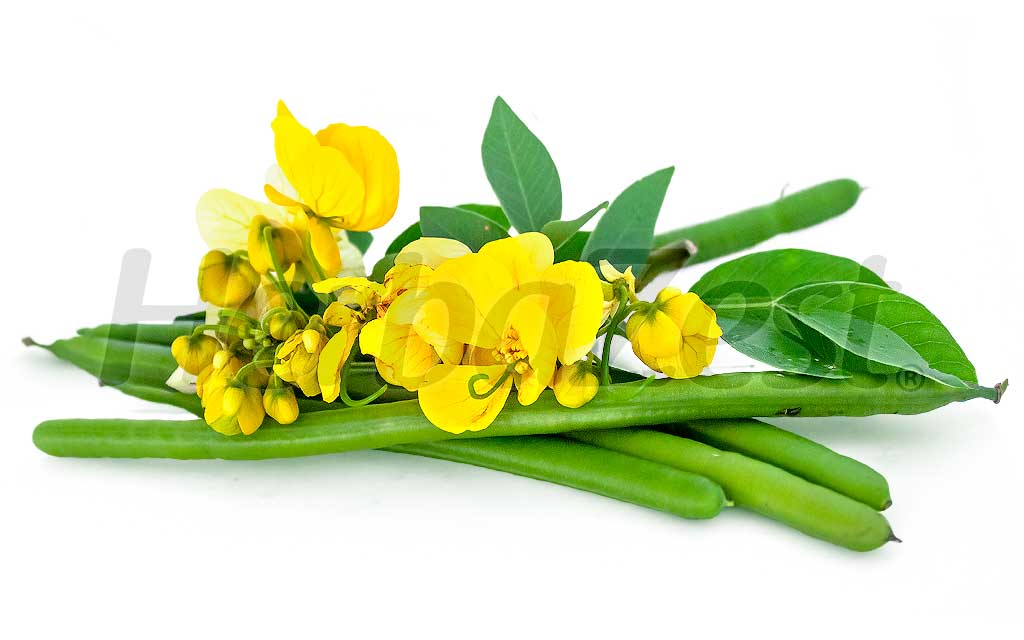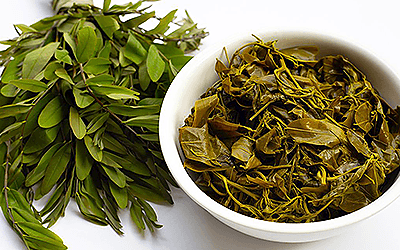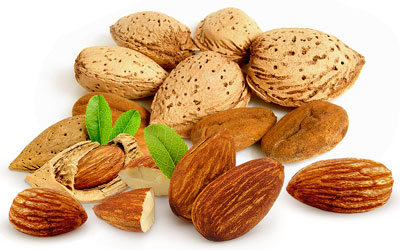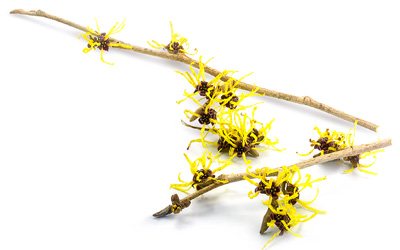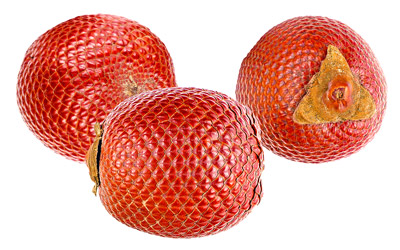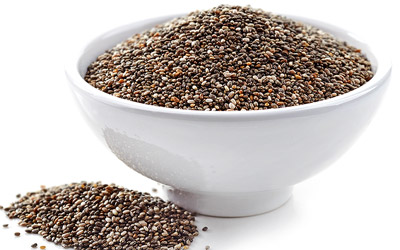Across its native regions, senna has been touted as a powerful herbal remedy for centuries. Both modern and ancient times have seen the herb used as a natural laxative, as it offers relief from constipation. Thai and Laotian cuisines have also adopted the plant, using the leaves and flowers in some curries.
Senna Medicinal Properties
- Medicinal action Anthelmintic, Laxative
- Key constituents Anthraquinones (sennoside, aloe-emodin)
- Ways to use Capsules, Hot infusions/tisanes, Tincture, Syrup, Dried
- Medicinal rating (4) Very useful plant
- Safety ranking Use with caution
Health Benefits of Senna
Senna has a long history of medicinal uses in its native continent, Africa; however, the pharmaceutical industry started using it in commercial products since the 1950s, due to its potent laxative properties, which are the main characteristic of the plant. According to modern science, these are the most important benefits of senna:
Relieving constipation. Senna stimulates colonic transit by sofneting the stools, alleviating acute and chronic constipation.
Eliminating parasites. The anthelmintic properties of senna are less known but this herb has also proven effective eliminating harmful microorganisms, like worms and amoebas.
How It Works
Senna works as a laxative because of a specific type of anthraquinone glycoside called sennoside A. Other anthraquinones present in senna are aloe emodin, and chrysophanols - and they all have laxative properties. These compounds stimulate bowel movements by increasing water flow inside the colon, softening the stools and facilitating their evacuation.1,2
The anthelmintic properties of senna have been known by folk medicine and are often used to eradicate parasitc infestations; however, the mechanisms behind this secundary benefit have only been revealed until recently. Aloe-emodin, one of the anthraquinone glycoside compounds in senna, has been found responsible for the antiparasitic and antiviral actions of the herb.3,4
Senna extracts have also proven effective in the treatment of herpes simplex, varicella-zoster, influenza, hepatitis B, and other viral diseases.4
Other herbs that also help regulate intestinal transit are cascara sagrada, flax, prune, psyllium, and tamarind.
Senna Side Effects
The laxative properties of senna can have negative effects on the intestines and cause discomfort, nausea, and stomach cramps. Like other laxatives containing anthraquinones, senna is only intended for short-term relief from constipation - that is, no longer than two weeks at a time - as the bowels can become dependent on it. Rectal bleeding and electrolyte imbalance can be some of the more severe side effects.
Senna Cautions
Those with diarrhea, dehydration, loose stools, abdominal pain, heart disease, Crohn's disease, ulcerative colitis, or hemorrhoids should not take senna.
This herb should not be mixed with birth control pills, hormone therapy, warfarin, digoxin, diuretic drugs, horsetail, licorice, or other anthraquinone-containing herbs, such as cascara sagrada.
Senna should not be used in children under the age of 12.

How to Consume Senna
- Edible parts Fruit, Leaves
Natural Forms
Dried. The leaves of senna are commonly used in this form for preparing home remedies to improve bowel movements.
Infusion. Steeping senna leaves in hot water is the most common way to consume to herb. It is sometimes mixed with ginger and cloves.
Herbal Remedies & Supplements
- Tincture. This is a concentrated solution obtained from macerating senna leaves and fruits in alcohol. Few drops need to be diluted in water before consumption.
Syrup. Senna syrup is the preparation that tends to be used in younger people thanks to its sweet taste, though senna should not be taken by children under 12.
Capsules. Supplements are the surest way to consume a consistent dosage of senna's anthraquinones.

Growing
- Life cycle Perennial
- Harvested parts Leaves, Fruit
- Light requirements Full sun
- Soil Medium (loam)
- Soil pH 6.6 – 7.3 (Neutral), 7.4 – 7.8 (Slightly alkaline), 7.9 – 8.4 (Moderately alkaline)
- Growing habitat Subtropical regions
- Potential insect pests Aphids
Harvested semi-annually, the hardy senna plant can thrive in a range of conditions and soils, though a good drainage system is necessary.
Growing Guidelines
The soil should range from 7.0 - 8.5 on the pH scale, so loamy and alluvial soils are good options.
The senna plant is usually grown from seeds, which must be sown directly in the ground, preferible in during the fall. In order to ensure germination senna seeds can also be grown in small containers until ready to be transplanted.
Several hours of bright sunshine daily will allow the senna plant to grow into a healthy bush, while irrigation and weeding will keep invading species at bay.
As it grows into a bush, the senna plant tends to spread to the sides, covering the ground. Periodical prunning is advised.
Cassia species are sensitive to aphids, which feed on the tender shoots. A soapy solution is usually enough to get rid of these bugs.
To process senna leaves, the branches are cut down and dried in the sun.
Additional Information
- Other uses Dye
Plant Biology
Senna is an evergreen shrub that can reach 6.5 to 8 feet (2-2.4 m) both high and wide. This bush is profusely branched, with bright green leaflets composed by four to five leaves that can grow up to 6 inches (0.15 cm) long and 3 inches (0.1 cm) wide. Senna flowers can differ in shape, depending on the Cassia species, but are always big, with a vivid yellow hue, while senna fruits are oblong, classified as legume pods.
Classification
Senna (Cassia senna or Cassia angustifolia) is a member of the Fabaceae family, a classification it shares with about 19,400 species of flowering plants spread out over 730 genera, including economically important crops such as acacia (Acacia spp.), alfalfa (Medicago sativa), astragalus (Astragalus membranaceus), beans (Phaseolus vulgaris), carob (Ceratonia siliqua), chickpeas (Cicer arietinum), fenugreek (Trigonella foenum-graecum), lentil (Lens culinaris), licorice (Glycyrrhiza glabra), lupin (Lupinus spp.), mesquite (Prosopis pallida), peanut (Arachis hypogaea), red clover (Trifolium pratense), soy (Glycine max), tamarind (Tamarindus Indica), and tara (Caesalpinia spinosa).
Related Species of Senna
Because senna is largely gathered in the wild, no cultivars have been developed. In addition, no subspecies have been identified. However, the Cassia genus includes different species of senna, all with similar properties and appearance, such as:
Cassia alata, popularly known as candle bush, this Cassia species is mostly used as an ornamental and also for treating skin problems.
Cassia italica, also called Italian or Port royal senna, used in natural hair coloring.
Cassia armata or desert senna. Native to Arizona and California, and hardy from Zone 4 to 7.
Cassia fasciculata, or partridgepea, and C. occidentalis, known as coffee senna, are common roadside weeds in eastern and mid-North America.
Cassia marilandica, also known as American senna or Indian senna.
Cassia acutifolia or Alexandrian senna, which include a variety that also grows in the wild: C. obtusifolia L. or wild senna.
Historical Information
The senna plant gets its name from the famous historical port that first commercialized it. Thought to have originated in regions of northeastern Africa, like Nubia and Sudan, senna's fruits and leaves are known to have firstbeen shipped to the Egyptian metropolis and from there to Europe and Asia.
Economic Data
Senna's powerful flushing ability has been put to use mainly as a source of anthraquinones, the active ingredient in many modern laxatives. In addition, it has seen a rising use in the pharmaceutical industry after the plant was used to isolate resveratrol, a compound of rising importance. Nowadays, the center of senna production is located in India, where it is a major alternative crop with a rapidly increasing demand.
Other Uses
Gardening. Considered beautiful for its big, yellow flowers, senna is sometimes merely ornamental, found in many gardens in regions where the climate allows.
Dye. The plant has also been used successfully as a natural hair dye that turns locks blonder.
Sources
- British Medical Journal, Standardized Senna as a Laxative in the Puerperium, 1957
- Cornell University, Senna, Wild
- Journal of Dietary Supplements, An evidence-based systematic review of senna (Cassia senna) by the Natural Standard Research Collaboration, 2011
- Medical Toxicology of Natural Substances
- The vPlants Project. vPlants: A Virtual Herbarium of the Chicago Region, Senna armata
- Useful Plants of West Tropical Africa, Volume 3
- USDA Plants Database, Plant Profile for Cassia Senna
- Encyclopedia of Herbal Medicine, p. 76
- MedlinePlus Herbs and Supplements, Senna
- Medicinal Plants of the World, p. 298
- African Journal of Traditional, Complementary, and Alternative Medicines, Complementary and Alternative Medicines. Laxative Activities of Cassia Sieberiana and Senna Obtusifolia, 2014
Footnotes:
- Pharmacology. (1993). Safety and efficacy of a bulk laxative containing senna versus lactulose in the treatment of chronic constipation in geriatric patients. Retrieved November 14, 2023, from: https://pubmed.ncbi.nlm.nih.gov/8234438/
- Frontiers in Pharmacology. (2021). Pharmacology, Toxicology, and Metabolism of Sennoside A, A Medicinal Plant-Derived Natural Compound. Retrieved November 14, 2023, from: https://www.ncbi.nlm.nih.gov/pmc/articles/PMC8576406/
- Parasitology. (2021). Amoebicidal activity of Cassia angustifolia extract and its effect on Acanthamoeba triangularis autophagy-related gene expression at the transcriptional level. Retrieved November 14, 2023, from: https://pubmed.ncbi.nlm.nih.gov/33966667/
- Herbal Biomolecules in Healthcare Applications. (2022).
Herbal glycosides in healthcare, pp. 239-282. Retrieved November 14, 2023, from: https://www.sciencedirect.com/science/article/abs/pii/B9780323858526000214

